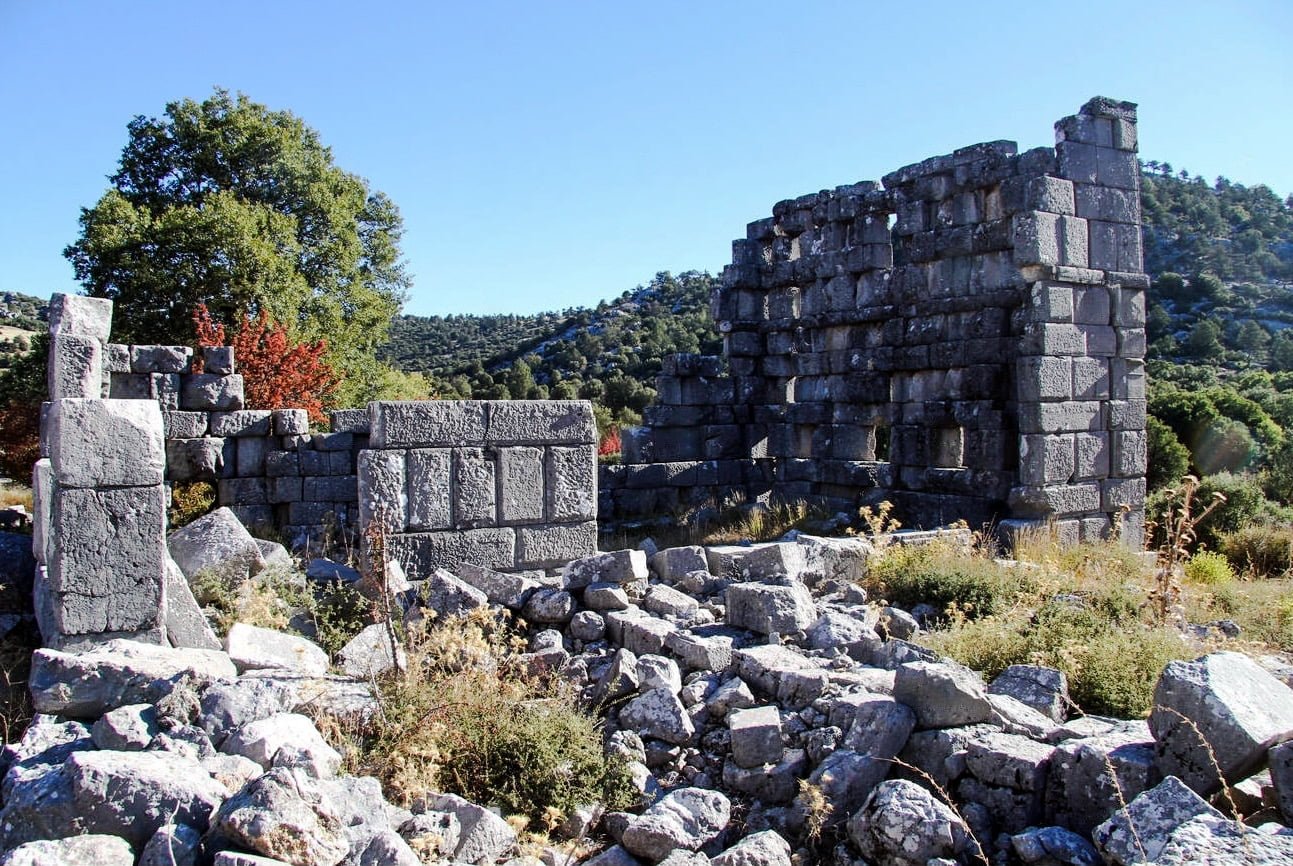The name of the ancient city of Adada is first mentioned in Artemidorus. Kent was discovered in 1888 by G. Hirschfeld and V.M. Ramsey. The exact date of the founding of the city is unknown, but in the II century. BC. there is a mention of an agreement concluded between Termesos and Adada in Art. Considering that coins were minted in the city already in the 1st century BC, it is assumed that the city was founded earlier than this date.
During the Roman Imperial Period, the periods of Emperor Traianus, Hadrianus and Antonius Pius were the brightest periods of the island. The city is located on the ancient road leading to the ancient city of Pednelissos (Kozan) and Perge (Aksu) through Antiokheia (Yalvaç), Neapolis (Şarkikaraağaç), Timbiriada (Aksu), Adada (Karabavlu) following the western shore of Caralis (Beyşehir) Lake. In the city, there is an ancient road, paved with stone, the Temple of Trajan, the Temple of Emperors, the Temple of Emperors and Zeus Megistos-Serapis, and the Temple of Emperors and Aphrodite under the Yeniköy road. There is also a forum, basilica, acropolis, monumental fountain, executive building, open-air meeting place, theater and grave monument. The acropolis in the rocky area located in the section between the city plain and the valley was built for defense purposes. The acropolis is surrounded by fortifications and towers. In the western part of the acropolis, there is an open-air meeting place of the city. The forum and basilica, which later became the shopping and administrative center of the city, were built in front of the meeting place. The island forum occupies an area of 32x45m. There is a large cistern in the middle of the forum, the floor of which is covered with smooth stones. There is a street in the west of the forum, and stoas (columned gallery) on the other two sides. There is a basilica in the east-west direction to the north of the forum. There is a monumental fountain in the southeast part of the forum.
The biggest church of Adada is in the western part of the valley. The church was built here during the Byzantine Period, using the terrace and interior walls of an old building. The stage building and orchestra part of the theater, which was built on the hill slope in the west of the city plain, is under the ground. The cavea (spectator seating) part was cleared by the museum salvage excavation and unearthed. The current capacity of the theater is one thousand people.

